The First Inquisitor of Warhammer, Obiwan Sherlock Clousseau’s Story
The game Warhammer was formerly extremely different. I’m not even referring to Fantasy Battles or 40k 9th Edition here. Of course, the games have changed over time, but the atmosphere has changed even more significantly. Basically, Warhammer began as a bunch of friends playing around. The stories were enormous space operas with a worn-out feel, devoid of the weight and foundation of contemporary books and codes. Characters were either intimate inside jokes between their creators or legendary champions with ornate Latin names. Better yet was Obiwan Sherlock Clousseau.
Mr. Clousseau (I don’t know if he goes by Sherlock as a middle name or if it’s double barrelled) was the first Inquisitor and originally debuted back in 1987, when Warhammer 40,000 was initially released as Rogue Trader. Then why were the three well-known detective heroes he was named after? What role did he play in the budgeoning 40k mythology? And how, exactly, did Games Workshop get away with ripping off the names of some of the biggest intellectual property out there?
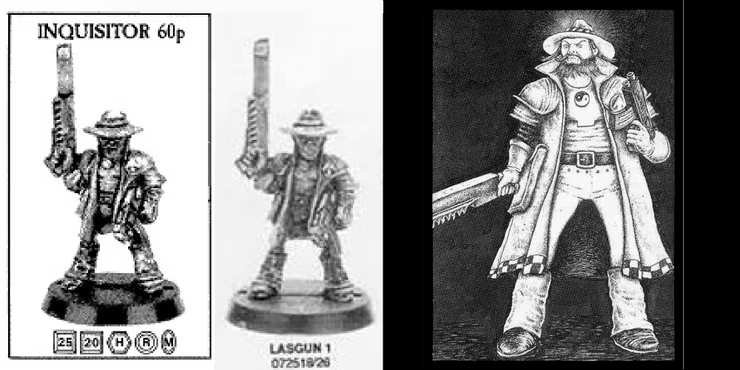
The moniker Obiwan most likely originated when the creative minds at Games Workshop brainstormed roles and personalities for the universe they were constructing in the 1980s. Curiosity is the very nature of inquisitors. They are daemon excisors and paranormal investigators, and they don’t hesitate to question someone in-depth if they think they may be heretical. They clearly draw inspiration from the great detectives, even though their methods are notably more aggressive than those of Holmes or Clousseau. The odd one out is Obiwan, named after Star Wars actor Kenobi (without the hyphen, for some reason).
There’s a far simpler explanation for why the elderly Jedi is mentioned. A group of geeks called Games Workshop set out to create a science fiction game in the 1980s. Other than the most well-known space opera at the moment, what else would they be referencing? They all probably saw Return of the Jedi at the Savoy in Nottingham or Broadway, and they all instantly introduced a character named after the elderly mentor of Alec Guinness. Warhammer was still rather niche, and these were less litigious days. It was the niche of a few hundred individuals playing in England and maybe nowhere else, neither the ’90s subculture niche nor the global covens of geeks niche.
Games Workshop would have to rename the recognizable Inquisitor if it wants to reprint the original Rogue Trader rules (I don’t know why, that goes against everything New GW has taught us). No matter how great of an homage or Easter Egg it is, Disney would not tolerate this kind of intellectual property infringement. However, the 1980s were a different era for Games Workshop and big film companies.
In this Warhammer age, almost everything was a reference. An entire role-playing game, featuring characters modeled after Margaret Thatcher and Arthur Scargill, was built on the miner’s strike. Similar to how Star Wars has changed, modern Games Workshop has also changed. It now plays everything safe in an effort to avoid offending anyone and to sell as many plastic troops as possible. While there are a few small exceptions—Andor and the Cursed City are targeted towards more specialized audiences with darker stories and gorier models—the majority of the new releases from both firms are mass-market, copyright-worthy trash.
In the 1980s, Games Workshop was sharp and slightly different. It was somewhat punk. Due to its rapid expansion, it now resembles any other corporation. Obiwan Sherlock Clousseau is a relic from the past, a memento of times past, and a representation of things we may never have again, though that may be inevitable.
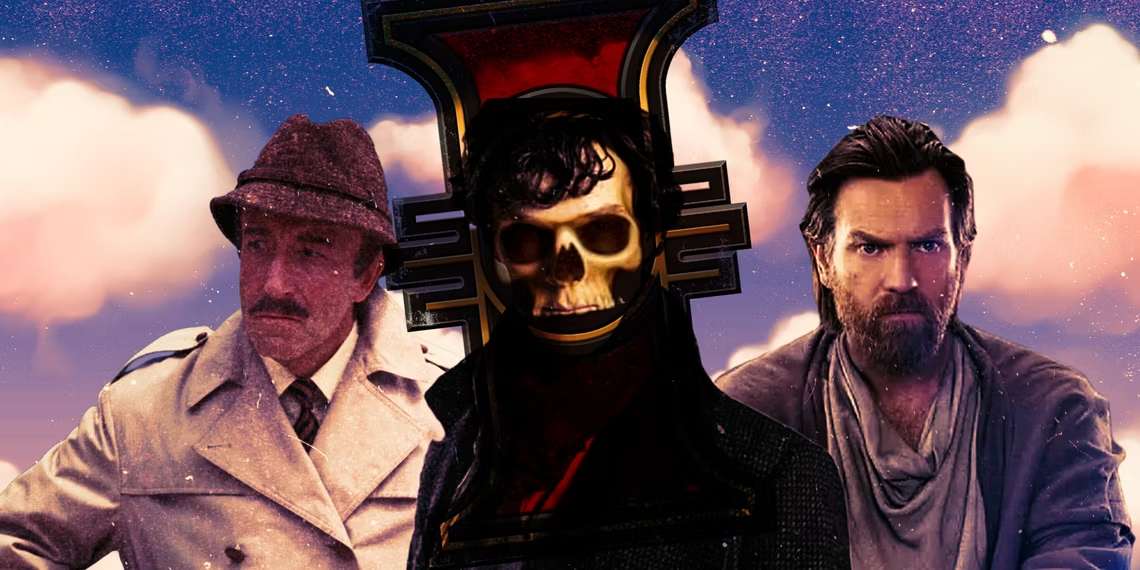



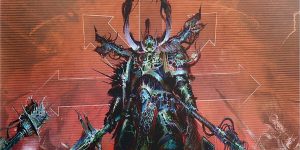
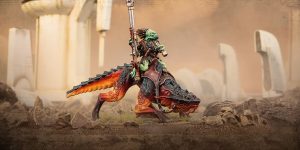
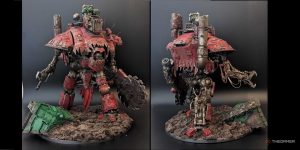
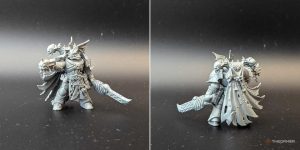
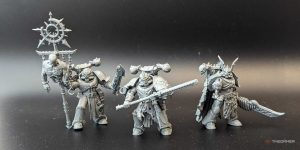
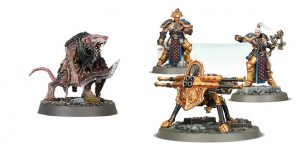
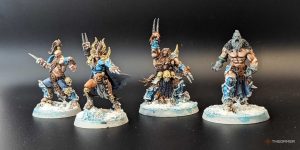
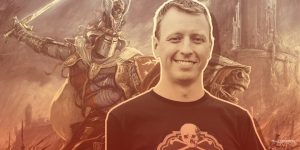
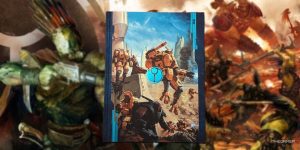
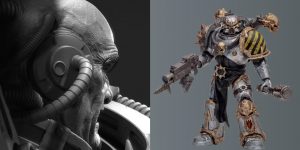
Post Comment